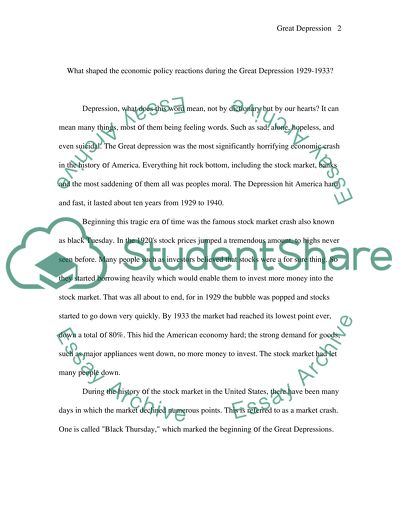Cite this document
(“What shaped the economic policy reactions during the Great Depression Essay”, n.d.)
What shaped the economic policy reactions during the Great Depression Essay. Retrieved from https://studentshare.org/miscellaneous/1543700-what-shaped-the-economic-policy-reactions-during-the-great-depression-1929-1933
What shaped the economic policy reactions during the Great Depression Essay. Retrieved from https://studentshare.org/miscellaneous/1543700-what-shaped-the-economic-policy-reactions-during-the-great-depression-1929-1933
(What Shaped the Economic Policy Reactions During the Great Depression Essay)
What Shaped the Economic Policy Reactions During the Great Depression Essay. https://studentshare.org/miscellaneous/1543700-what-shaped-the-economic-policy-reactions-during-the-great-depression-1929-1933.
What Shaped the Economic Policy Reactions During the Great Depression Essay. https://studentshare.org/miscellaneous/1543700-what-shaped-the-economic-policy-reactions-during-the-great-depression-1929-1933.
“What Shaped the Economic Policy Reactions During the Great Depression Essay”, n.d. https://studentshare.org/miscellaneous/1543700-what-shaped-the-economic-policy-reactions-during-the-great-depression-1929-1933.


